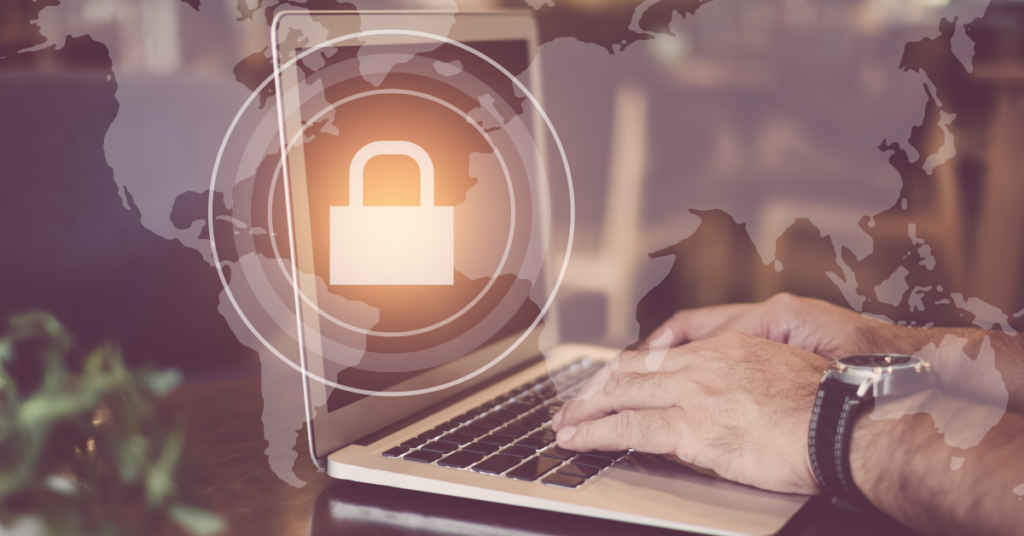
Safe Computing Tips for Employees
In today’s digital age, computers have become an integral part of our lives. From personal to professional use, we rely on these machines to store and manage our data. However, with the convenience of using computers comes the responsibility of keeping them secure. Cyber threats such as malware, phishing, and hacking are constantly evolving and can cause significant damage to both individuals and organizations. Therefore, it is essential for employees to follow safe computing practices to protect themselves and their employer’s data. In this article, we will discuss some tips for safe computing that employees should keep in mind.
Employee Computer Safety Tips
Password Protection
The first and most crucial step in safe computing is password protection. Employees must use strong passwords and change them regularly. A strong password is a combination of letters, numbers, and symbols and is at least eight characters long. Additionally, employees should avoid using the same password for multiple accounts. One way to remember multiple passwords is by using a password manager, which generates and stores passwords securely.
Phishing Awareness
Phishing is a technique used by cybercriminals to steal personal information such as usernames, passwords, and credit card numbers. These attacks are often carried out through email, text messages, or social media. Employees should be aware of the signs of a phishing attack, such as suspicious links or attachments, requests for personal information, or urgent messages. They should also avoid clicking on links or downloading attachments from unknown sources.
Computer Monitoring Software
Another way to ensure safe computing is by using computer monitoring software. This software allows employers to monitor employee activity on their work computers. While some employees may feel uncomfortable being monitored, it is essential for companies to protect their data and ensure that employees are following safe computing practices. Computer monitoring software can detect potential security threats, prevent data breaches, and monitor employee productivity.
Software Updates
Regularly updating software is critical for safe computing. Software updates often contain security patches that fix vulnerabilities in the system. Employees should always install the latest updates for their operating system, web browser, and any other software installed on their computers. This will ensure that their computer is protected against the latest cyber threats.
Secure Wi-Fi Networks
Employees who work remotely or use public Wi-Fi should always connect to secure networks. Public Wi-Fi networks are often unsecured and can leave personal and company data vulnerable to cyber threats. Employees should avoid connecting to unsecured networks and always use a virtual private network (VPN) when accessing company data.
Social media safety
Social media platforms are a popular target for cybercriminals looking to obtain personal information. Employees should always be cautious about what they share on social media and adjust their privacy settings to limit access to personal information. Additionally, employees should avoid clicking on suspicious links or downloading attachments from unknown sources on social media.
Use Two-Factor Authentication
Two-factor authentication (2FA) adds an extra layer of security to your accounts by requiring a second form of verification in addition to a password. This can be a code sent to your phone or an authentication app. Many online services now offer 2FA as an option, and employees should enable it whenever possible.
Don’t leave devices unattended
Leaving a laptop or mobile device unattended in a public place can be a security risk. Anyone can access the data on the device or install malware or other malicious software. Employees should always keep their devices with them or locked up when not in use.
Use antivirus software
Antivirus software can detect and remove malware and other malicious software from your computer. Employees should use reputable antivirus software and keep it up to date with the latest virus definitions.
Report suspicious activity
Employees should report any suspicious activity, such as phishing emails or suspicious login attempts, to their IT department immediately. This can help prevent security breaches and protect the company’s data.
Conclusion
Safe computing practices are essential for employees to protect themselves and their employer’s data. Password protection, phishing awareness, computer monitoring software, software updates, secure Wi-Fi networks, and social media safety are some of the critical tips that employees should follow. While some of these tips may seem inconvenient, they are necessary to prevent cyber threats and ensure the safety of personal and company data. Companies can also help employees by providing training and resources to promote safe computing practices. By following these tips, employees can help create a secure and safe computing environment.
With a solid foundation in technology, backed by a BIT degree, Lucas Noah has carved a niche for himself in the world of content creation and digital storytelling. Currently lending his expertise to Creative Outrank LLC and Oceana Express LLC, Lucas has become a... Read more